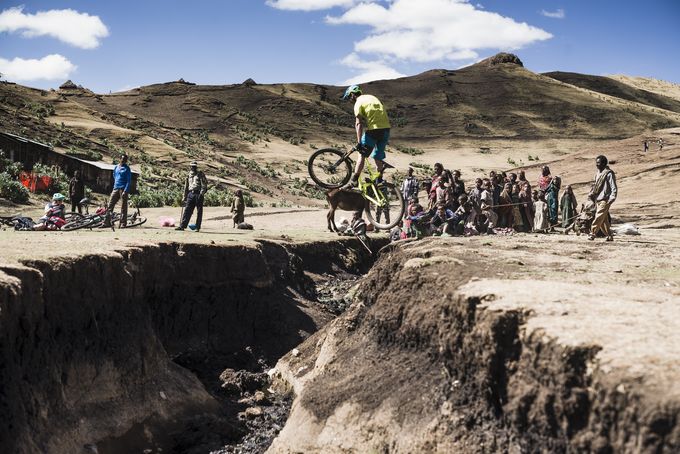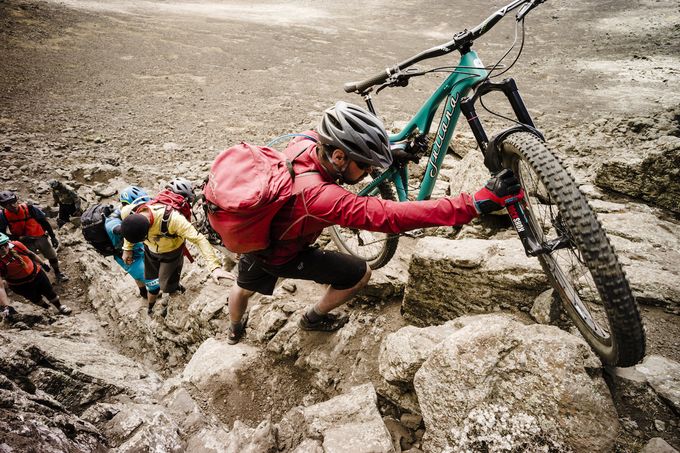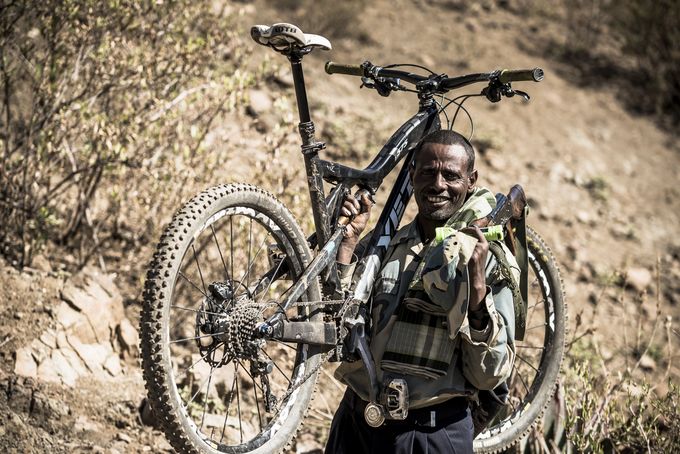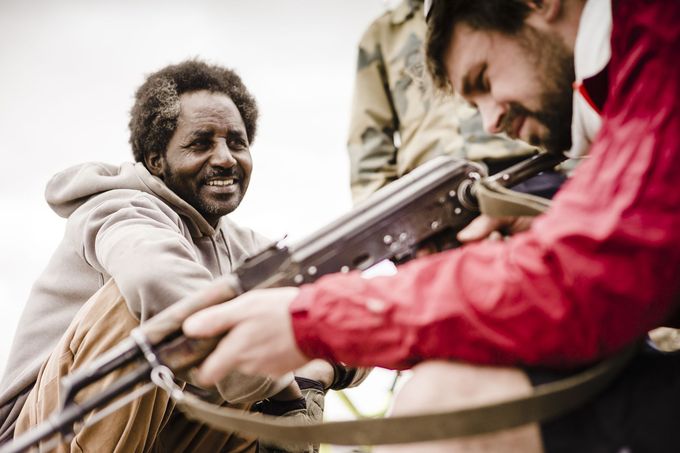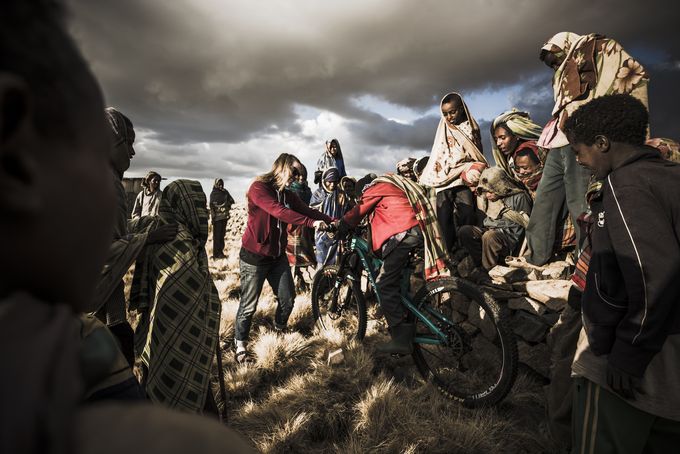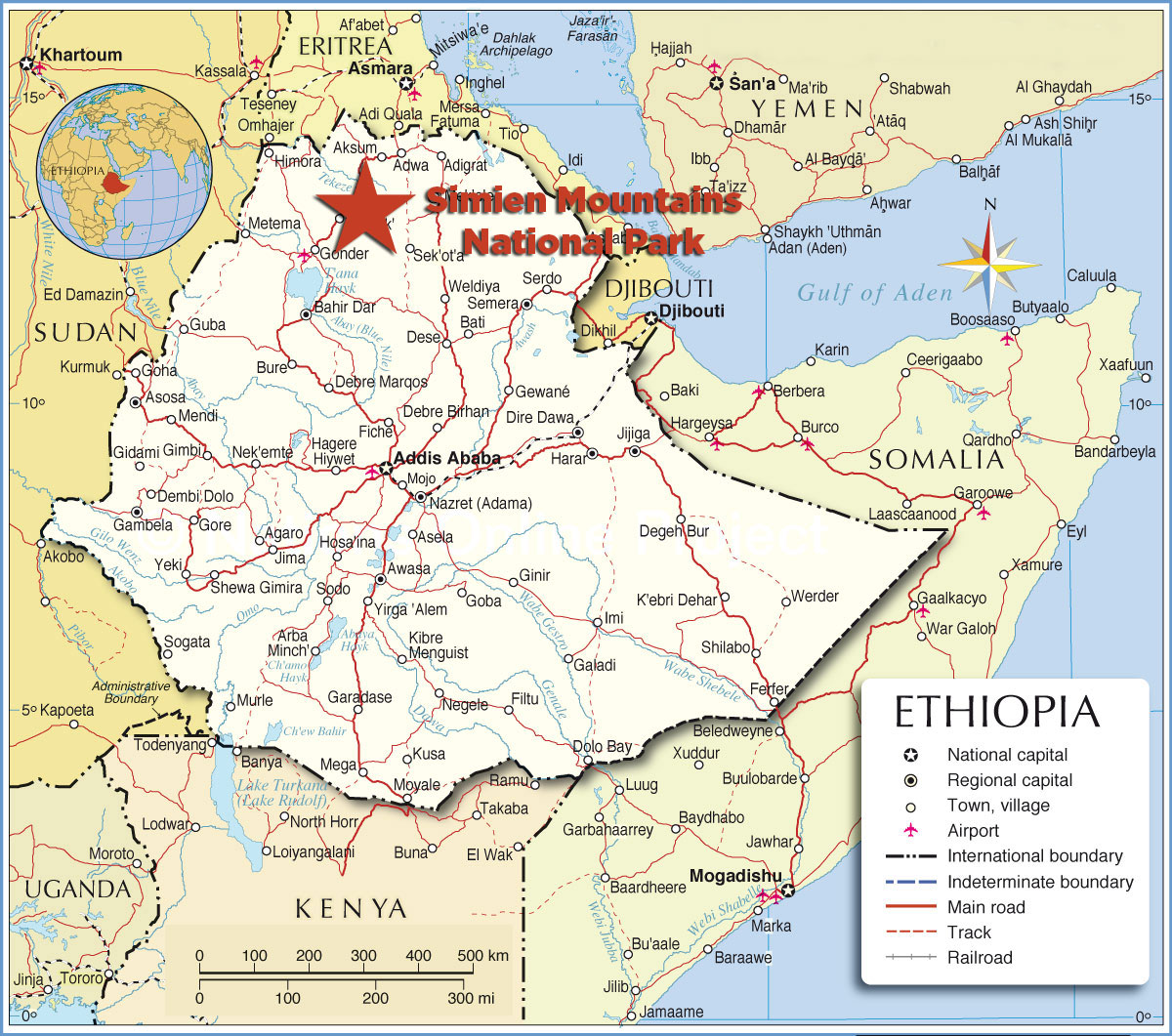Words and photos by Dan Milner
It’s amazing what a little bit of “magic” can do. I say “magic” but really it’s nothing more than a couple of deft movements of the hand, bending a thumb to look like a detachable finger, an impromptu bit of juggling, Dad-like antics usually reserved for a Christmas dinner.
But the magic quickly draws wider attention, and word spreads through this Ethiopian village. Within five minutes, about halfway through my act, I’m being mobbed by thirty or more kids, all clambering to see something, all desperate to know how it’s done, eager to get a grasp on what the heck this white guy is all about.
“They converge to see if the rumour is true, that seven foreigners really are pedalling bikes through this unlikely landscape. For them it’s either magic or insanity. For us it’s a little of both.”
Attention is something you have to get used to as a foreigner here. Wherever you go in Ethiopia people gather to watch, and it’s not just kids that are inquisitive. People suddenly appear, as if teleported, their stares fixed on us, our tents and on our bikes, especially our bikes.
Bikes are a rare sight in Ethiopia’s remote and rugged Simien Mountains National Park and news of our imminent arrival races ahead of us to lure kids and herdsmen from their toil in the terraced fields that patchwork the steep hillsides. They converge to see for themselves if the rumour is true, that seven foreigners really are pedalling bikes through this unlikely landscape. For them it’s either magic or insanity. For us it’s a little of both.
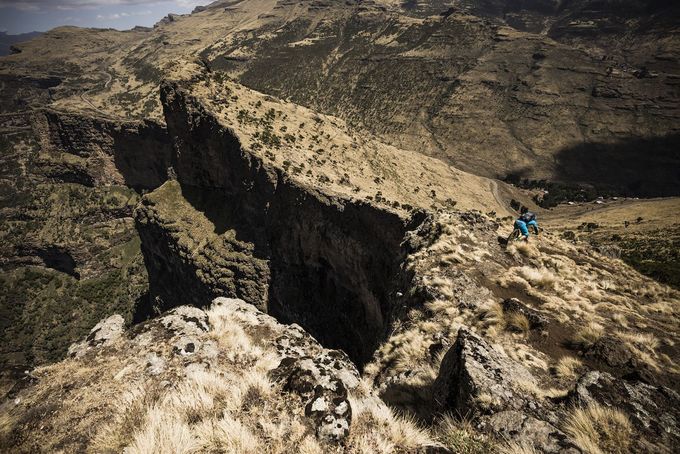
If you’re forty-something you’d be forgiven for thinking some magic is at play too. Nobody would have foreseen tourists riding bikes through a country that was widely written off to famine by Geldof’s Live Aid charity gig in 1985. And if you’ve seen photos of the country’s plunging rift valleys and implausibly steep mountains, then you’d think our two-wheeled mission was insanity.
But the reality is that Ethiopia has pulled itself out of the chaos and starvation of the 1980s, and steep, rugged terrain like the Simien Mountains are what mountain bikes are meant to be ridden on, right? After all, you just need trails to mountain bike and Ethiopia, the most densely populated landlocked country in the world, has lots of trails.
Widely considered the “cradle of mankind”, the place that spawned our species Homo sapiens, Ethiopia’s inhabitants have had plenty of time to stamp trails across its million square kilometres of terrain. Thousands of years of rural inhabitation has left a legacy of footpaths, zigzagging across plateaux and radiating like spider webs from hillside villages.
It’s these trails that form the only lines of communication between many settlements and it’s these trails that make it possible to ride across the Simien Mountains, or at least try.


